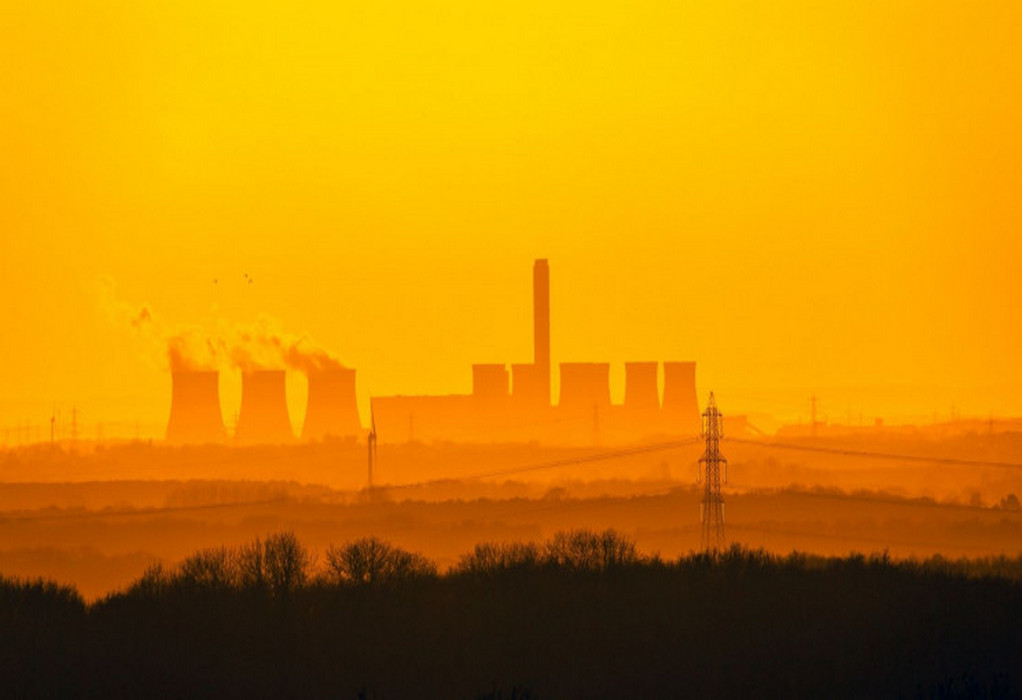Oil giant Shell’s Quest plant has been designed to capture carbon emissions from oil sands operations and store them underground to reduce carbon emissions.
However, according to a recent study by the human rights organization Global Witness, the facility actually emits more greenhouse gas emissions than it captures.
Since 2015, it has prevented the release of five million tonnes of carbon dioxide into the atmosphere, but it has also released a further 7.5 million tonnes. To put that into perspective, Global Witness stated Shell’s plant appears to have the same carbon footprint as 1.2 million gasoline-powered cars each year.
A first-of-its-kind Shell facility. But can it be green?
The plant in question is part of Shell’s Scotford refinery in Alberta, Canada, where hydrogen is produced for use in processing oil sands bitumen, which is a type of petroleum deposit. Quest was billed as the world’s first commercial-scale carbon capture and storage (CCS) system at an oil sands operation when it was first developed, but it does not cover the whole site’s emissions.
According to the new report, between 2015 and 2019, Quest collected 5 million tonnes of carbon dioxide from the hydrogen produced at the Scotford facility. During the same period, however, the hydrogen plant emitted 7.5 million tonnes of greenhouse gases. These gases included methane, which, in the first 20 years after it reaches the atmosphere, has more than 80 times the warming power of carbon dioxide and accounts for roughly a fifth of human-caused warming.
This indicates that only 48 percent of the carbon emissions from the plant were captured. The report states that this falls significantly short of the industry’s claim of 90 percent carbon capture rate for these types of projects in general, and when other greenhouse gas emissions from Shell’s project are factored in, the rate drops to only 39 percent.
A Shell representative told CNBC in an email that Global Witness’ study was “simply wrong” and that the Quest facility was designed to capture roughly a third of CO2 emissions.
The findings still do raise questions about whether CCS technologies are as “green” as Big Oil claims and are indeed a critical component of achieving net-zero, or whether this is another case of “greenwashing”, in which green PR and green marketing are deceptively used to persuade the public that an organization’s products, aims, and policies are environmentally friendly.
Global Witness stated that the findings are expected to deliver a “serious blow” to fossil hydrogen proponents which are pushing for more public funds to support its use. In this case, $654 million of the $1 billion cost of Shell’s Quest facility reportedly came from Canadian government subsidies.
Meanwhile, Shell has refuted that it overstated Quest’s potential, claiming that Global Witness is “comparing apples with pears.”
“Our Quest facility was designed some years ago as a demonstration project to prove the underlying CCS concept, while capturing around a third of CO2 emissions. It is not a hydrogen production facility,” the Shell spokesperson told CNBC. “The hydrogen projects we’re planning – like Polaris – will use a new technology that captures more than 90 percent of emissions.”
Where does carbon capture fit into the energy transition strategy?
Carbon capture and storage is a relatively novel initiative that the Big Oil and Big Tech believe will help them survive in the new net-zero economy, and it could indeed be a promising technology alongside other drastic systemic changes. Some experts, however, have already labeled CCS, notably in the oil and gas industry, as a poor public investment, citing its failures to significantly reduce emissions.
Hundreds of academics and scientists recently wrote a letter to Finance Minister and Deputy Prime Minister Chrystia Freeland and other ministers, urging Justin Trudeau’s government not to reward companies that use carbon capture technology.
“We are deeply concerned with the government’s proposal to introduce a new investment tax credit for carbon capture, utilization, and storage,” they wrote, citing the technology’s “limited potential” to reduce emissions significantly. “At best, it prevents some carbon dioxide from polluting facilities from reaching the atmosphere, but it is not a negative emissions technology.”
The experts argued that funding such efforts “diverts resources from proven, more cost-effective solutions”, and that governments should instead focus efforts on renewable energy infrastructure and electrification.
Source: https://interestingengineering.com/
Tags: Carbon Capture, Energy Transition, Shell



Recent Posts
Hyundai Glovis to Retrofit Seven PCTCs with Avikus AI Navigation System
Super Terminais orders three more Konecranes Gottwald ESP.10 Mobile Harbor cranes
Covestro and HGK Shipping Extend Partnership to 2040 with Focus on Wind-Assisted Vessel Retrofit
Artemis Technologies Successfully Demonstrates 100 Percent Electric Crew Transfer Vessel at Aberdeen Offshore Wind Farm
IACS Council Advances Decarbonisation, Digitalisation and Governance Priorities at C91 Meeting in Beijing
Japan Launches Major R&D Project to Advance Shipbuilding with Alternative Fuels
EU Adopts Emissions Standards for Low Carbon Hydrogen to Bolster Clean Energy Market
Trafigura to Implement ZeroNorth’s AI Platform Across Global Fleet